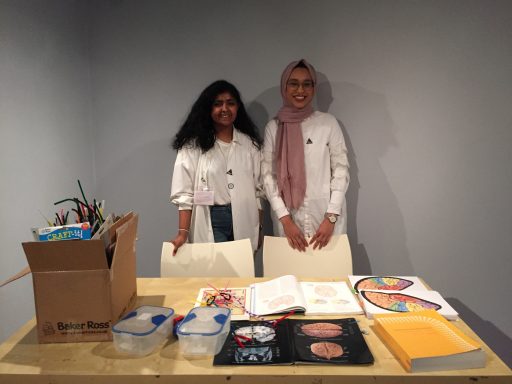
During the summer holidays, STEM Ambassadors Aisha and Serish spent time in our Supersenses exhibition, talking to visitors about how neurones help us sense the world. We asked them to tell us more…
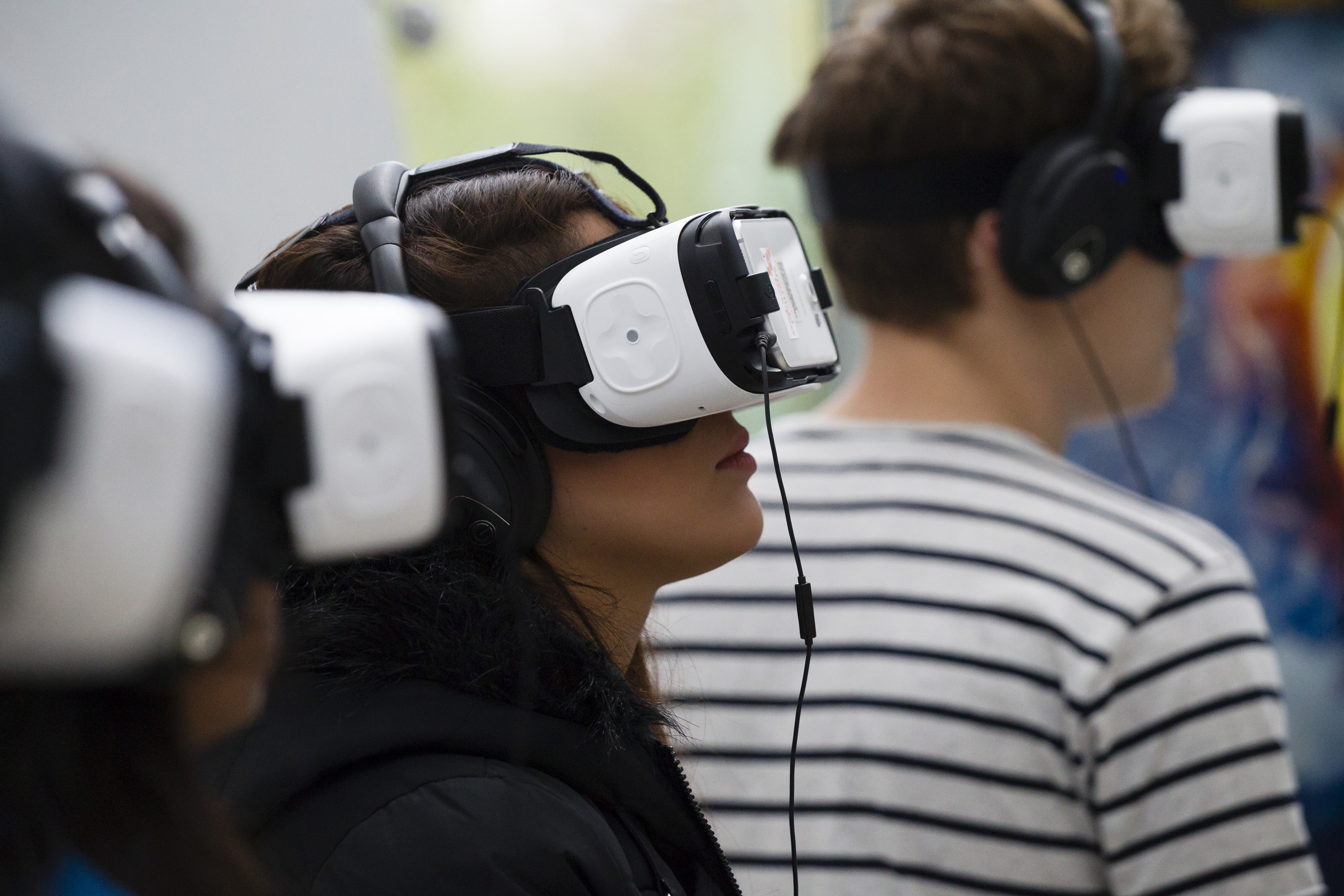
Through our exhibitions and galleries, learning programme and festivals, we aim to inspire the scientists and engineers of the future to see more, hear more, think more and do more.

During the summer holidays, STEM Ambassadors Aisha and Serish spent time in our Supersenses exhibition, talking to visitors about how neurones help us sense the world. We asked them to tell us more…
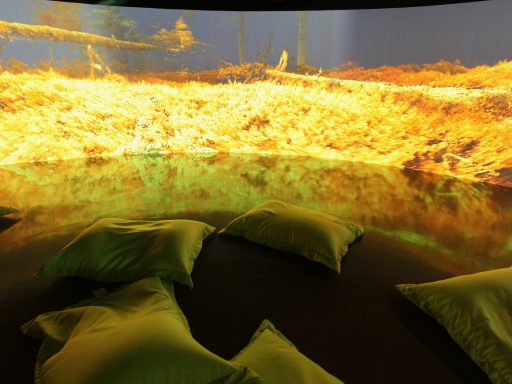
Can a museum exhibition engage all five of our senses? Alice Carlton gives us a younger visitor’s view of Supersenses.
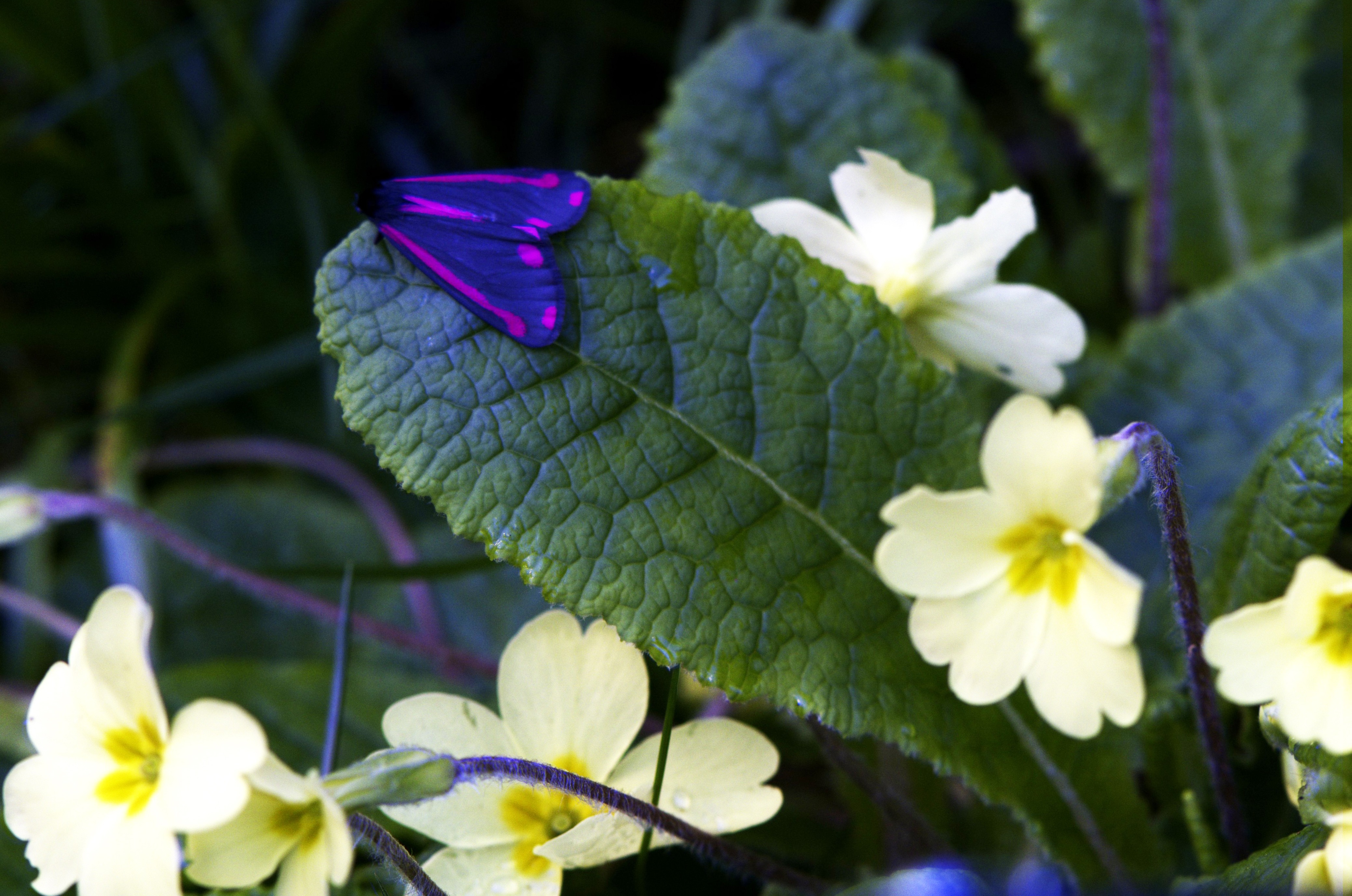
How (and why) do animals see colours differently from humans? Take a look at the world through an animal’s eyes.

Some of the newest items in our collection illustrate just how quickly technology is evolving.
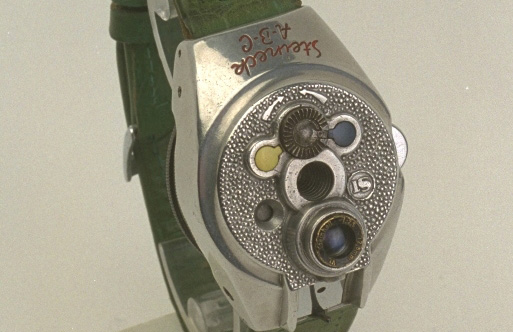
Wearable technology isn’t as new as you think. From 1880s portable cameras to the personal radio of the 1930s, see some intriguing examples from our collection.
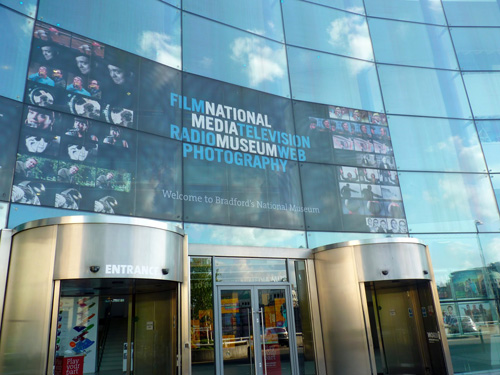
Dame Mary Archer, Chairman of our Board of Trustees, writes about what’s next for the museum.
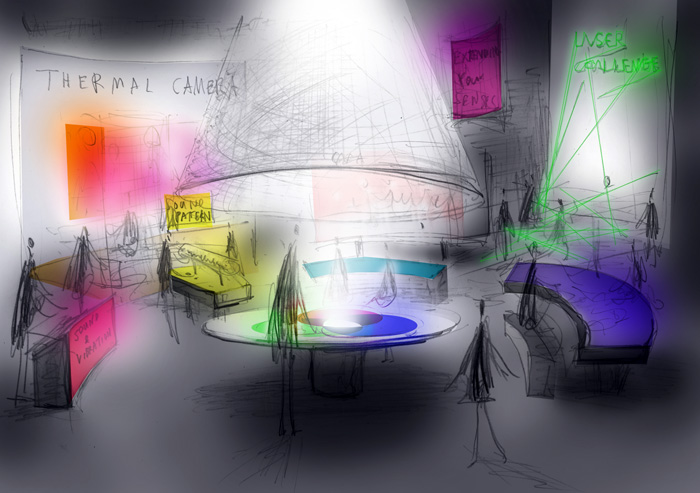
Museum director Jo Quinton-Tulloch writes about the museum’s importance to Bradford and our plans for the future.
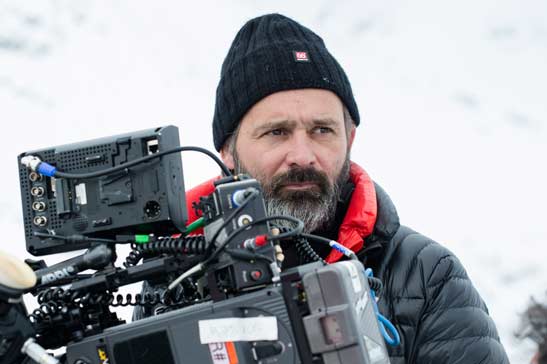
Roger Highfield, our Director of External Affairs, spoke to director Baltasar Kormákur about his epic IMAX adventure Everest.
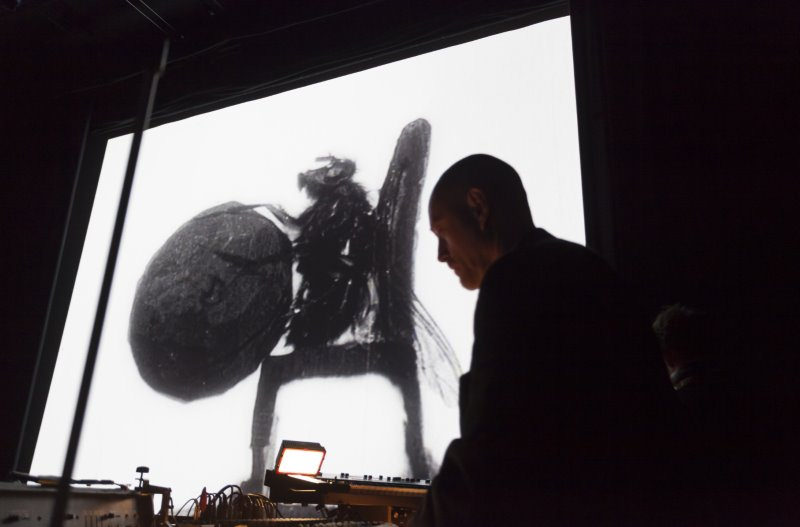
Musician Jono Podmore writes on scoring early British science films for a world premiere at Bradford International Film Festival.
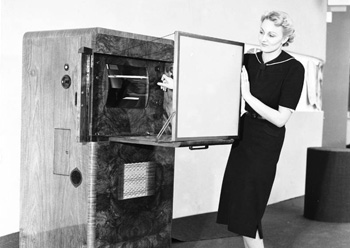
Iain Baird reveals the technology behind our latest television collection acquisition, and explains why the Scophony television scanner is not to be scoffed at.

In 1826, Niépce used his heliography process to capture the first photograph, but his pioneering work was soon to be overshadowed by the invention of the daguerreotype.
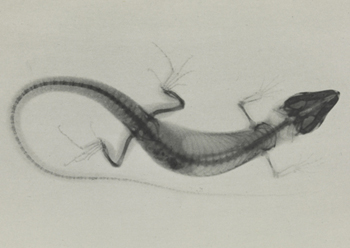
Shortly after Wilhelm Röntgen announced his discovery of X-rays, Josef Maria Eder and Eduard Valenta produced their portfolio of prints using the new technology.